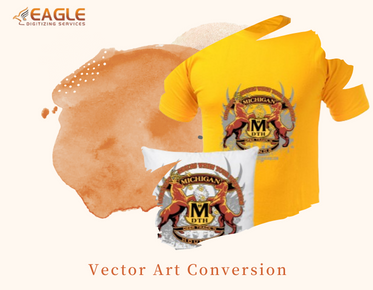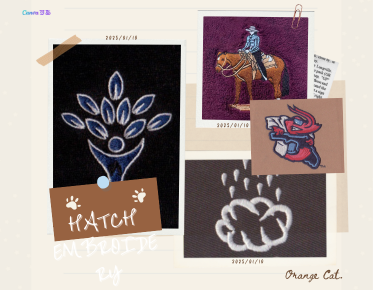10 Pro Vector Art Tips to Become an Expert Vector Artist
Becoming a proficient vector artist requires a combination of creativity, technical skill, and relentless practice. Whether you're a burgeoning designer or someone looking to refine their skills, mastering vector art can lead to expressive and versatile artworks suitable for a broad range of applications. Let's explore some expert tips that will guide you on your journey to becoming a vector art virtuoso.
Understanding Vector Graphics
First, it's important to grasp what vector graphics entail. Unlike raster graphics, which are composed of pixels, vector graphics use mathematical equations and geometric primitives such as points, lines, curves, and polygons. This structure allows vector graphics to be infinitely scaled without losing quality, making them perfect for logos, illustrations, and scalable artwork. To advance your skills in vector art, consider vector art services that provide high-quality conversion and digitizing solutions.
Tip 1: Master the Tools
Getting Acquainted with Software
A vector artist must be versatile in using software like Adobe Illustrator, CorelDRAW, or Inkscape. Spend time exploring their features, understanding layers, paths, and anchor points. The more you familiarize yourself with these tools, the more efficient your workflow will become.
Tip 2: Build a Strong Foundation in Design Principles
Understanding design fundamentals such as composition, color theory, and typography will greatly enhance your vector artwork. Study successful designs, analyze what makes them effective, and apply those principles to your work.
Tip 3: Draw Inspiration from Multiple Sources
Inspiration can come from anywhere - nature, architecture, music, or even daily life. Collect artwork and references that ignite your creativity. Platforms like Pinterest and Behance are great for finding artwork that resonates with your style.
Tip 4: Sketch Before You Vectorize
Before diving into digital creation, sketch your ideas on paper. This step allows you to brainstorm and refine concepts before committing them to vectors. A hand-drawn sketch can serve as a valuable roadmap during the vectorization process.
Tip 5: Focus on Detail and Precision
Vector art is all about precision. Pay attention to details and ensure clean, smooth paths in your designs. Utilize guides and grids to align elements perfectly and achieve professional-grade artwork. Consider using a quick logo vectorization service when you need assistance converting complex designs.
Tip 6: Make Effective Use of Color
Color plays a pivotal role in evoking emotions and creating visual impact. Experiment with different color palettes and pay attention to contrast and harmony. Software tools often come with color libraries and gradient panels that help create vibrant, appealing artworks.
Tip 7: Layer Your Artwork Strategically
Layers are crucial in vector artwork. Organize your elements into layers for easier management and editing. Naming layers and grouping related elements can improve your workflow efficiency, especially when handling complex compositions.
Tip 8: Develop Scaling and Reusability Mindset
Always keep scalability in mind when creating vector art. Design elements that can be reused or modified for different contexts, enabling you to save time on future projects. This comes in handy for branding where consistency in different applications is crucial.
Tip 9: Embrace Feedback and Revisions
Feedback from peers or clients is invaluable. It helps you see your art from different perspectives and refine it for better quality. Constructive criticism should always be welcomed as part of the creative process.
Tip 10: Stay Updated with Latest Trends and Technology
The creative world is ever-evolving. Staying updated with the latest vector art trends, tools, and technologies can give you an edge. Follow industry blogs and tutorials online for continuous learning. Additionally, using reliable vector conversion tools can help maintain the quality and integrity of your artworks while embracing new technology.
Eagle Digitizing exemplifies excellence in the realm of vector and digitizing services, offering comprehensive solutions ranging from raster to vector conversion to image vectorization. Their exceptional attention to detail, commitment to high-quality results, and dedication to customer satisfaction set them apart as trusted partners for artists and businesses alike.
The Art of Mastery
By integrating these tips into your practice, you'll be paving the way to becoming an expert vector artist. As you continue to refine your craft, consider the breadth of industries and applications that rely on skilled vector artwork. From marketing and advertising to fashion and beyond, the possibilities are vast. What will your next vector project be, and how will you push the boundaries of creativity?



